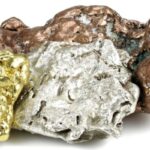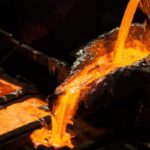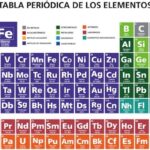We explain what lead is and the different properties of this chemical element. Also, its uses and where it can be found.

What is lead?
The lead is a chemical element with symbol Pb (from Latin plumbum) and atomic number 82 in the Periodic Table. It is a very particular metallic element, given its enormous flexibility and capacity for chemical reaction, of enormous use in human industries.
The lead It was discovered early by humanity and widely used in the manufacture of weapons, tools and artistic objects. Due to its elastic properties and its ability to melt easily, it was used in writing sheets, as a coating for pipes and bathtubs, or in the manufacture of masks, medallions, etc.
In its common state, lead is a solid, heavy, dense, bluish-gray metal with various isotopes (stable and radioactive) and high levels of toxicity. The latter has questioned its use in various areas, such as plumbing, since this element is absorbed in various ways and causes specific neurotoxic, renal, cardiovascular, hematological and gastrointestinal damage.
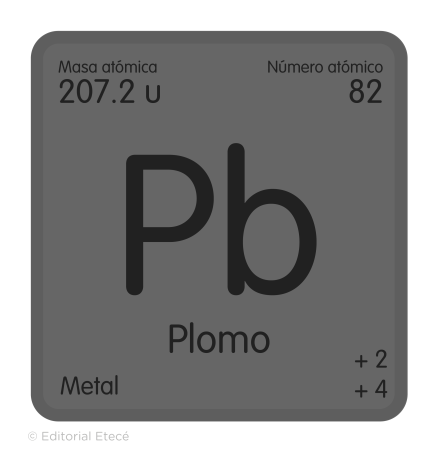

See also: Lithium
Properties of lead
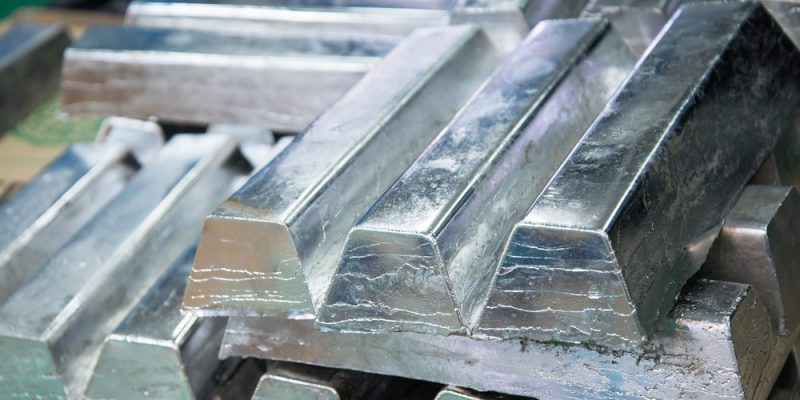
The lead is a flexible element that melts very easily (it melts at 327.4 ºC and also boils at 1725 ºC), whose usual valences are 2 and 4. It is partially resistant to sulfuric acid and hydrochloric acid, and is capable of preventing the passage of the subatomic particles it emits. radioactive material, which is why it is used to store said materials, as well as for shielding in industries that use radioactive compounds.
The lead has great reactivity which allows its use in various compounds, such as tetraethyl lead or lead silicates, or in various possible alloys.
Uses of lead

Lead is extremely useful in human industries. It was widely used in the manufacture of pipes ducts and other homemade replacement parts, although for some time it has been replaced by other metals and plastics to avoid its consequences on human health. The same is done with containers for radioactive material and other dangerous chemicals, or even as coatings for electrical connections.
Other uses of lead include it as a component for the manufacture of ceramics, plastics and soldering alloys. Also Military weapons ammunition is made with lead and the contacts of the accumulators (batteries). In addition, many lead-based compounds are used as heat and light stabilizers in certain plastics. Some lead salts are used as insecticides and lead oxide is often used to improve the magnetic properties of magnets.
Where is lead found?

Lead is relatively abundant in the Earth's crust, although never in its elemental state. Commonly It is found in the Earth's crust as lead sulfide part of the mineral known as galena.
It is common to find lead in the form of phosphates (pyromorphite), carbonates (cerussite), sulfates (anglesite) and numerous oxides. Also It is possible to find it as a consequence of the radioactive decay of radioactive materials so it is commonly found associated with uranium (U) and thorium (Th).
References
- Entry on lead in the International Chemical Safety Program of the World Health Organization.
- Entry on Lenntech lead.



